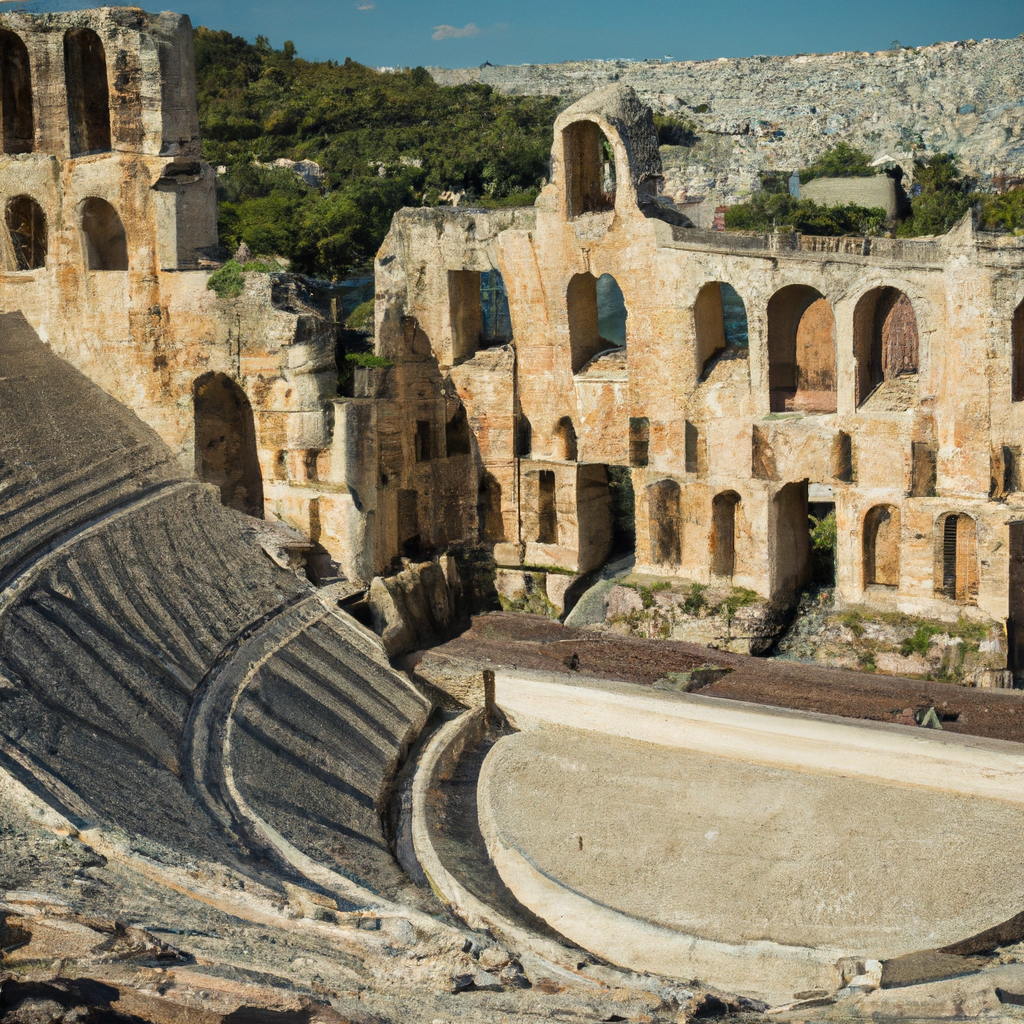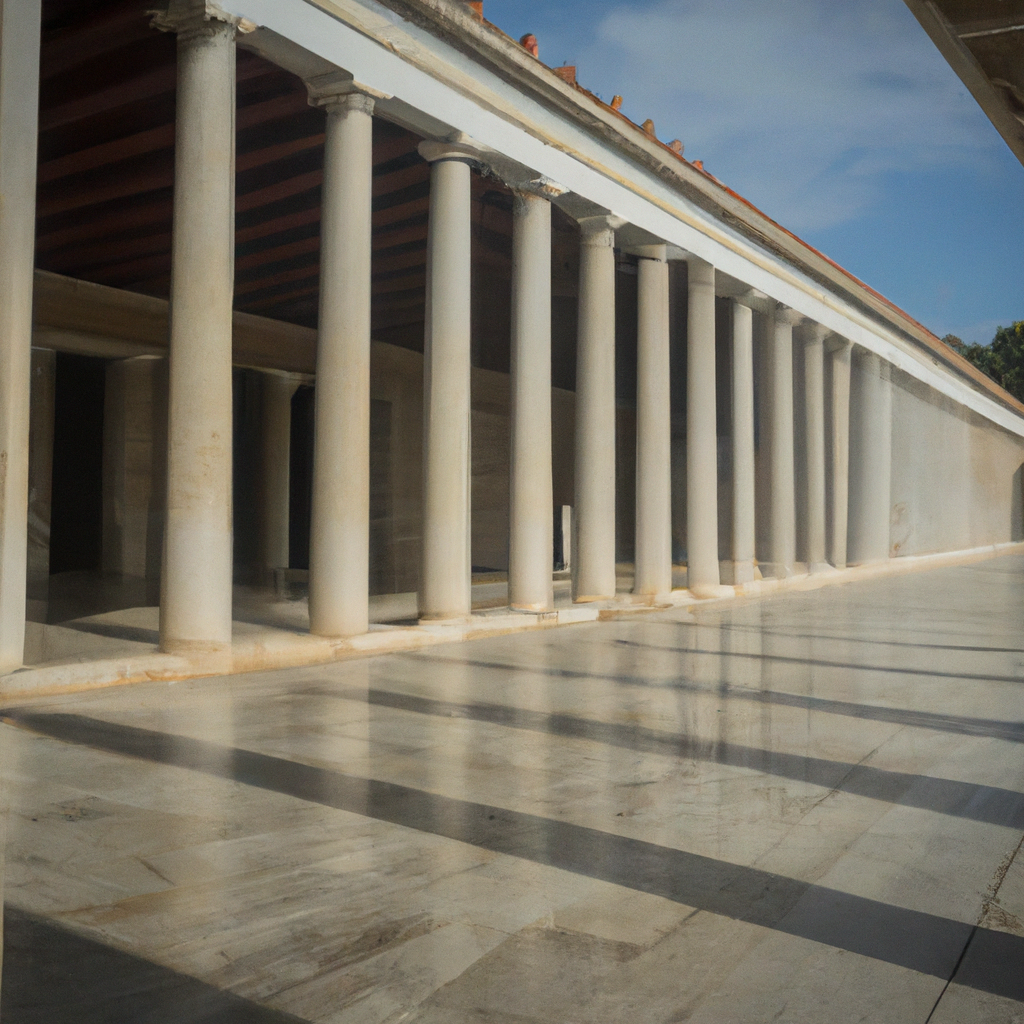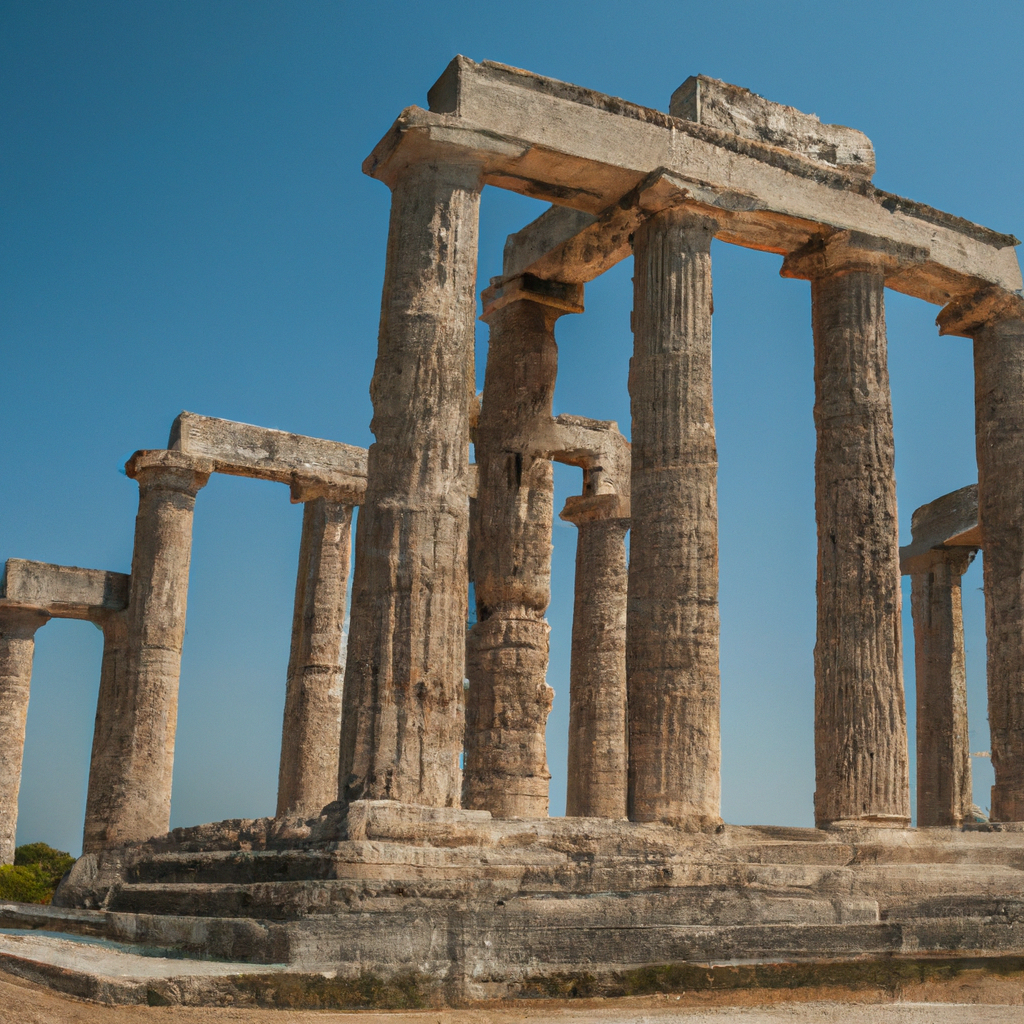Palace of Knossos In Greece: Overview,Prominent Features,History,Interesting facts
Overview:
The Palace of Knossos is the most famous archaeological site on Crete, the largest of the Greek islands in the Mediterranean Sea. It was the political and ceremonial center of the Minoan civilization, which flourished from around 2000 to 1450 BCE. The palace was discovered in 1878 by the British archaeologist Sir Arthur Evans, who spent much of the following three decades excavating the site. Its layout, particularly its grand central staircase, and its elaborate wall paintings, make it a fascinating and unique site to visit. It is one of the most beautiful monuments in Greece
Prominent Features:
, the most prominent feature of the Palace of Knossos is its complex network of rooms, corridors, stairways, and courtyards. The palace was built in a labyrinthine fashion, with hundreds of rooms connected to each other by winding stairs, some of which were double-height. This layout allowed residents to navigate the palace quickly and minimized security risks. The palace also featured a drainage system of pipes and aqueducts to provide water for its inhabitants. In addition, the many wall paintings and frescoes found in the palace are remarkable works of art. You can learn history, culture, and heritage through these magnificent monuments in Greece.
History:
The Palace of Knossos is located in the ancient city of Knossos, which is located in central Crete, which is now part of modern-day Greece. Knossos was a major settlement during the Bronze Age, and the palace is thought to have been built at the time. It is believed to have been built around 1900 BC by the Minoan civilization, which was the first major civilization in Europe. The palace, which was constructed in a grand fashion out of stone and timber, is said to have been the political centre of the Minoans. It was here that the royal family lived, the cults and religions were practiced, and the people prayed and conducted all their state rituals. The palace was destroyed by a volcanic eruption on the nearby island of Santorini in 1600 BC. It was rebuilt in a more elaborate, grander style and the city of Knossos continued to be a thriving centre of power and commerce until it was abandoned and forgotten by the time of the Classical era. In the early 1900s, a team of British archaeologists excavated the ruins of the palace. They discovered huge stores of pottery, jewellery, figurines, seals, frescoes, weapons, and other artefacts. The artefacts are now displayed in the Archaeological Museum of Herakleion and the Knossos Palace Museum. Today, the Palace of Knossos remains one of the most visited archaeological sites in Greece and is a great way to explore the history and culture of Bronze Age Greece. Visit one of the famous monuments of Greece with your friends and family.
Interesting facts:
1. Knossos was the political and religious center of the Minoan civilization, a Bronze Age culture that flourished from c. 3000-100 BC. 2. The palace is believed to be the mythical Greek labyrinth in which the minotaur was kept. 3. It is thought to have been destroyed by an earthquake in the late Minoan period, around 1450 BCE. 4. Excavations of the palace began in 1900 by Arthur Evans, a British archaeologist. 5. Knossos is thought to have been the political and religious center of Crete and all of the Minoan culture. 6. It has extensive labyrinths of narrow paths and stairs, often referred to as a series of mazes, as well as numerous grandiose living spaces and throne rooms. 7. The palace is decorated with frescoes showing scenes from everyday life. 8. The palace also contains the famous Bull’s Head Fresco, which is considered to be one of the first geometric depictions of a bull. 9. The palace was likely the source of the legendary Greek legend of the Minotaur who lived in the center of a labyrinth. 10. The palace is a UNESCO World Heritage Site and is open to the public for tours. One of the historical monuments of Greece, it tells the story of a bygone era
Explore Greece most popular tourist destination with us. Palace of Knossos In Greece: Overview,Prominent Features,History,Interesting facts,which is 35.14 km away from Greece main town, is the most popular destination to add in your travel wishlist.
-
City:
Greece
-
state:
Crete
-
country:
GR
-
country code:
Greece
-
postcode:
71202
Location:
Crete GR

















